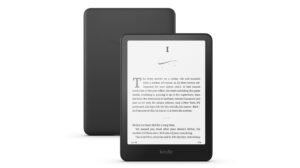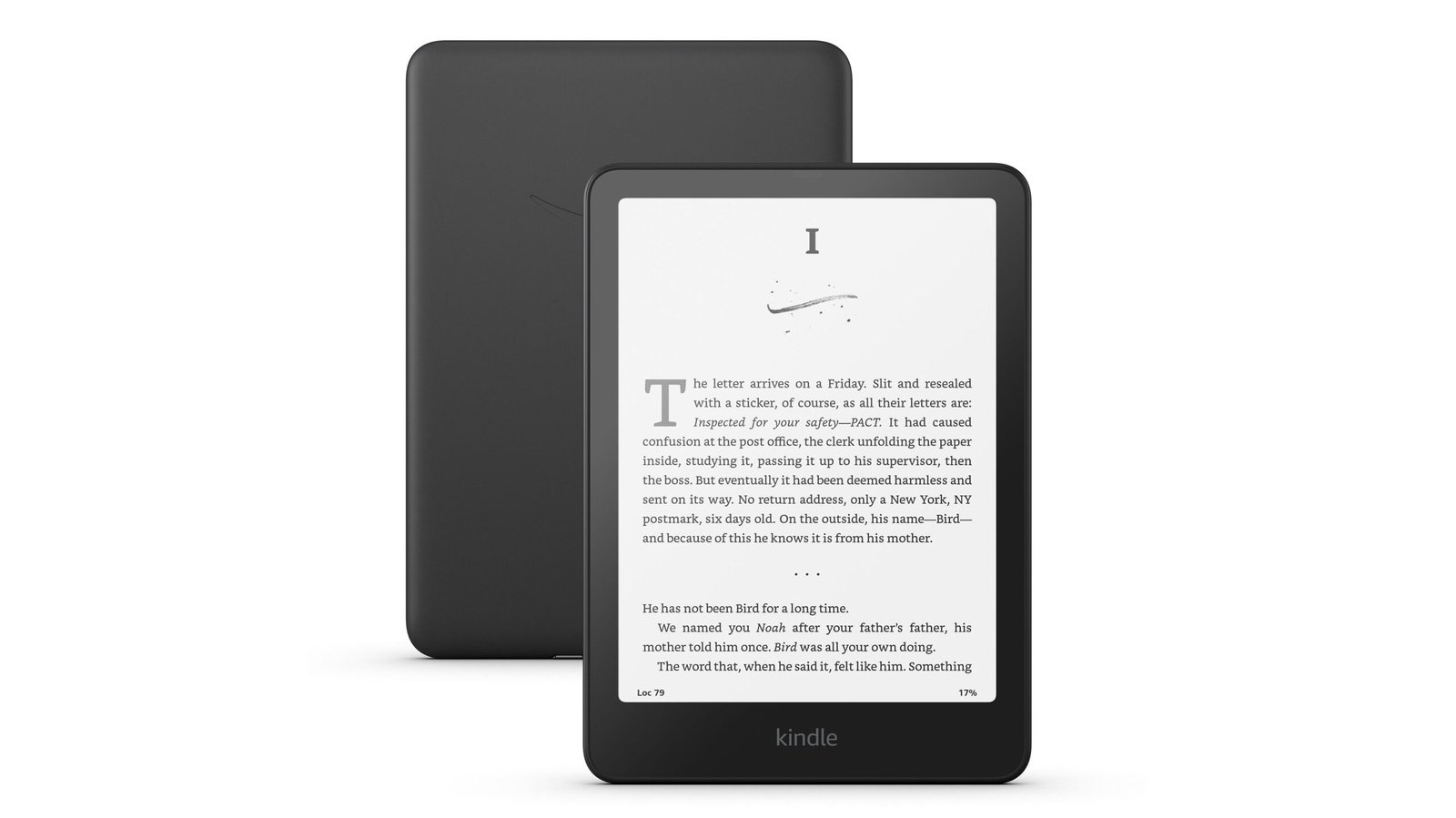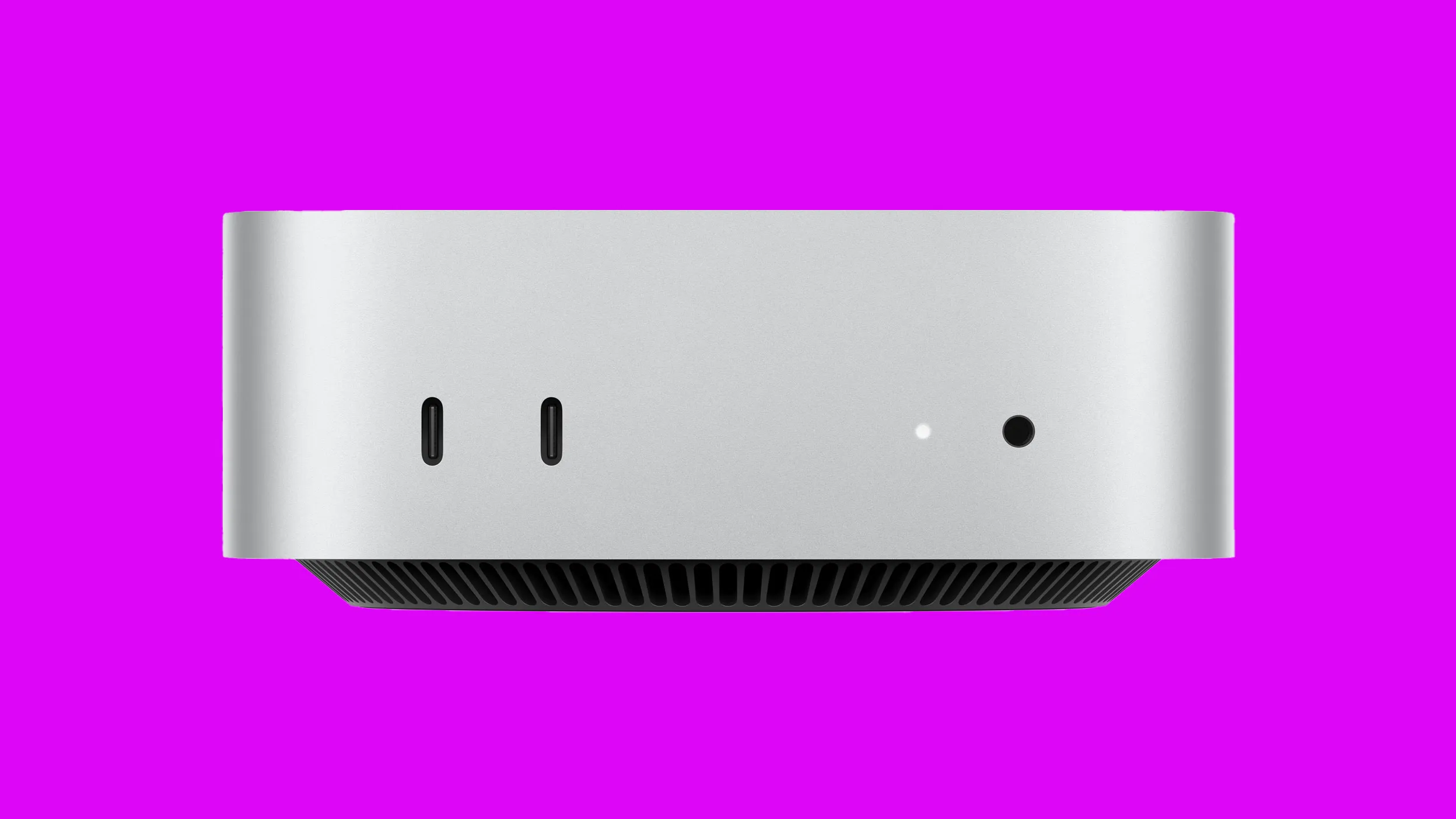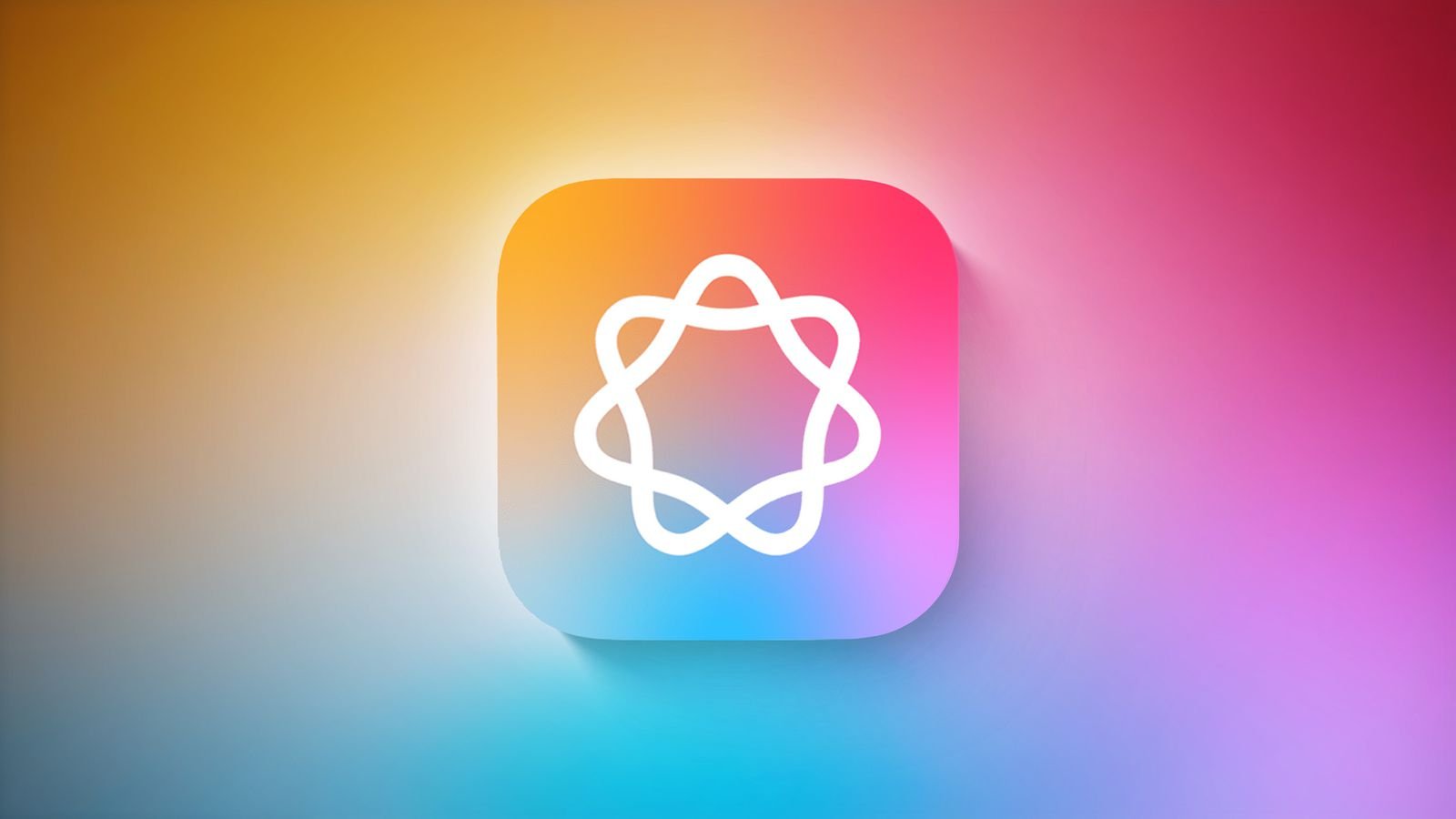In the ever-evolving world of semiconductors, Intel has just scored a significant victory against its long-time rival, AMD. The battlefield? The fiercely competitive high-performance computing (HPC) market. This unexpected turn of events has left industry analysts and tech enthusiasts buzzing, sparking a renewed debate over who holds the technological edge. But how did Intel manage this remarkable feat, and what does it mean for the future of computing?
The Comeback Story: A Closer Look at Intel’s Rise
For years, AMD has been the undisputed champion in the HPC sector, particularly in the realm of central processing units (CPUs) designed for demanding tasks like scientific simulations, artificial intelligence, and data analysis. Their Ryzen and EPYC processors have consistently outperformed Intel’s offerings, leading to a significant market share gain. However, recent benchmarks suggest that the tides are turning. Intel’s latest Xeon processors, based on the groundbreaking Sapphire Rapids architecture, have shown impressive performance improvements, rivaling AMD’s flagship chips in several key areas. This unexpected surge in performance has enabled Intel to secure several high-profile HPC contracts, including installations at leading research institutions and supercomputing centers.
The Key Factors Behind Intel’s Resurgence
Several factors have contributed to Intel’s resurgence in the HPC market. First and foremost, the Sapphire Rapids architecture represents a significant leap forward in CPU design, offering enhanced core counts, improved clock speeds, and advanced power management capabilities. Moreover, Intel has doubled down on its software optimization efforts, ensuring that its processors can extract maximum performance from various HPC workloads. Additionally, Intel has been aggressively courting key players in the HPC ecosystem, forging partnerships with leading software vendors and system integrators. This collaborative approach has helped Intel streamline its solutions and tailor them to the specific needs of the HPC community.
The Implications for the Future of Computing
Intel’s comeback in the HPC market has several significant implications. First, it signals a renewed sense of competition in the semiconductor industry, which could lead to faster innovation and more affordable solutions for consumers. Second, it demonstrates the importance of continuous improvement and adaptation, even for established giants like Intel. Finally, it highlights the growing significance of HPC in driving technological advancements across various fields, from healthcare to climate modeling.
My Take on Intel’s Progress
Having closely followed the semiconductor industry for years, I find Intel’s resurgence truly fascinating. It is a testament to their engineering prowess and their ability to respond to market challenges. While AMD still holds a strong position in the HPC market, Intel’s latest offerings are a clear indication that they are not going down without a fight. This renewed competition will undoubtedly benefit consumers and push the boundaries of what is possible in the world of computing. I’m excited to see how this rivalry unfolds and what new innovations it will spark in the years to come.
Key Takeaways:
- Intel’s latest Xeon processors, based on the Sapphire Rapids architecture, have shown impressive performance improvements, rivaling AMD’s flagship chips in several key areas.
- This unexpected surge in performance has enabled Intel to secure several high-profile HPC contracts, including installations at leading research institutions and supercomputing centers.
- Intel’s comeback in the HPC market signals a renewed sense of competition in the semiconductor industry, which could lead to faster innovation and more affordable solutions for consumers.



















Add Comment